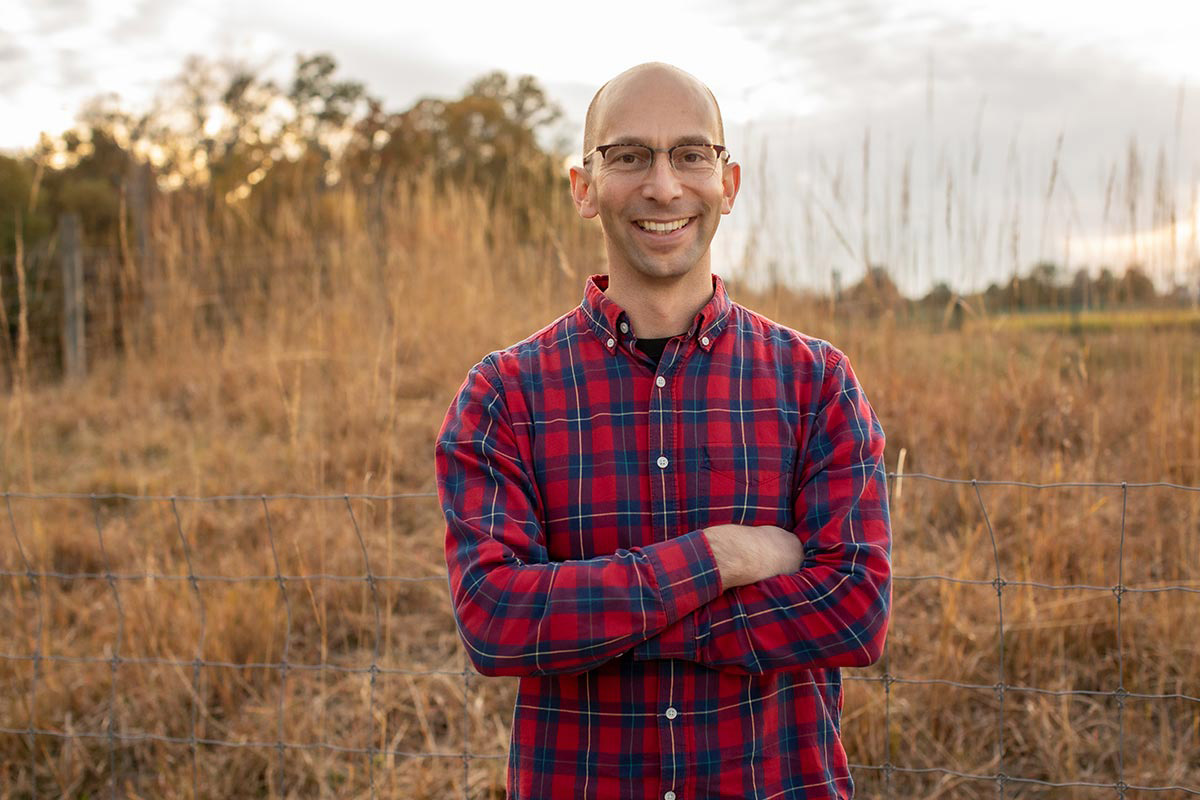Despite the increasing abundance of carbon dioxide in our atmosphere, most plants are surprisingly inefficient at converting it into sugar during photosynthesis. Algae, however, do this very efficiently, thanks to a protein structure called the pyrenoid—and Martin Jonikas ’04 believes this understudied cellular workhorse could transform food production.
Engineering a pyrenoid into crops like rice and wheat could enhance their carbon uptake and increase yields by as much as 60%, says Jonikas, an assistant professor of molecular biology at Princeton University and the recipient of the 2020 Vilcek Prize for Creative Promise in Biomedical Science, which recognizes outstanding early-career immigrants in the United States.
Because photosynthesis plays a critical role in the planet’s carbon cycle, pyrenoids “might also be able to contribute to solving other problems that we’re facing in sustainability, including climate change,” he says.

At eight years old, Jonikas came to the US from France with his geophysicist mother and computer scientist father when the former joined the UC Berkeley faculty. At MIT, he pursued his bachelor’s degree in aerospace engineering, but a molecular biology class with professor (now emerita) JoAnne Stubbe inspired him to change fields. “She opened my eyes to the reality that the most amazing machines on Earth are living organisms. I was hooked!” he says.
He went on to pursue a PhD in biochemistry and molecular biology at UC San Francisco, where he became fascinated with photosynthetic organisms while working with advisors including Jonathan Weissman, PhD ’93, who has since joined the MIT faculty. By 2010, Jonikas had his own lab at the Carnegie Institution for Science’s Department of Plant Biology. Six years later, he moved to Princeton, where his team focuses on the freshwater, single-celled alga Chlamydomonas—commonly known as “Chlamy” among plant biologists. (Sammy the Chlamy is one of three music videos his lab has produced with songwriter Jonathan Mann to teach kids about photosynthesis.)
In addition to unraveling the molecular makeup of pyrenoids, his team has generated a library of 60,000 Chlamydomonas mutants—the first of its kind for a single-celled photosynthetic organism. Researchers in other areas will be able to use it as a resource for work that could also enhance crop yields.
“In the end, if our goal as a civilization is to produce more food with fewer resources, all of these approaches are worth pursuing,” Jonikas says.
Keep Reading
Most Popular
How scientists traced a mysterious covid case back to six toilets
When wastewater surveillance turns into a hunt for a single infected individual, the ethics get tricky.
The problem with plug-in hybrids? Their drivers.
Plug-in hybrids are often sold as a transition to EVs, but new data from Europe shows we’re still underestimating the emissions they produce.
What’s next for generative video
OpenAI's Sora has raised the bar for AI moviemaking. Here are four things to bear in mind as we wrap our heads around what's coming.
Stay connected
Get the latest updates from
MIT Technology Review
Discover special offers, top stories, upcoming events, and more.